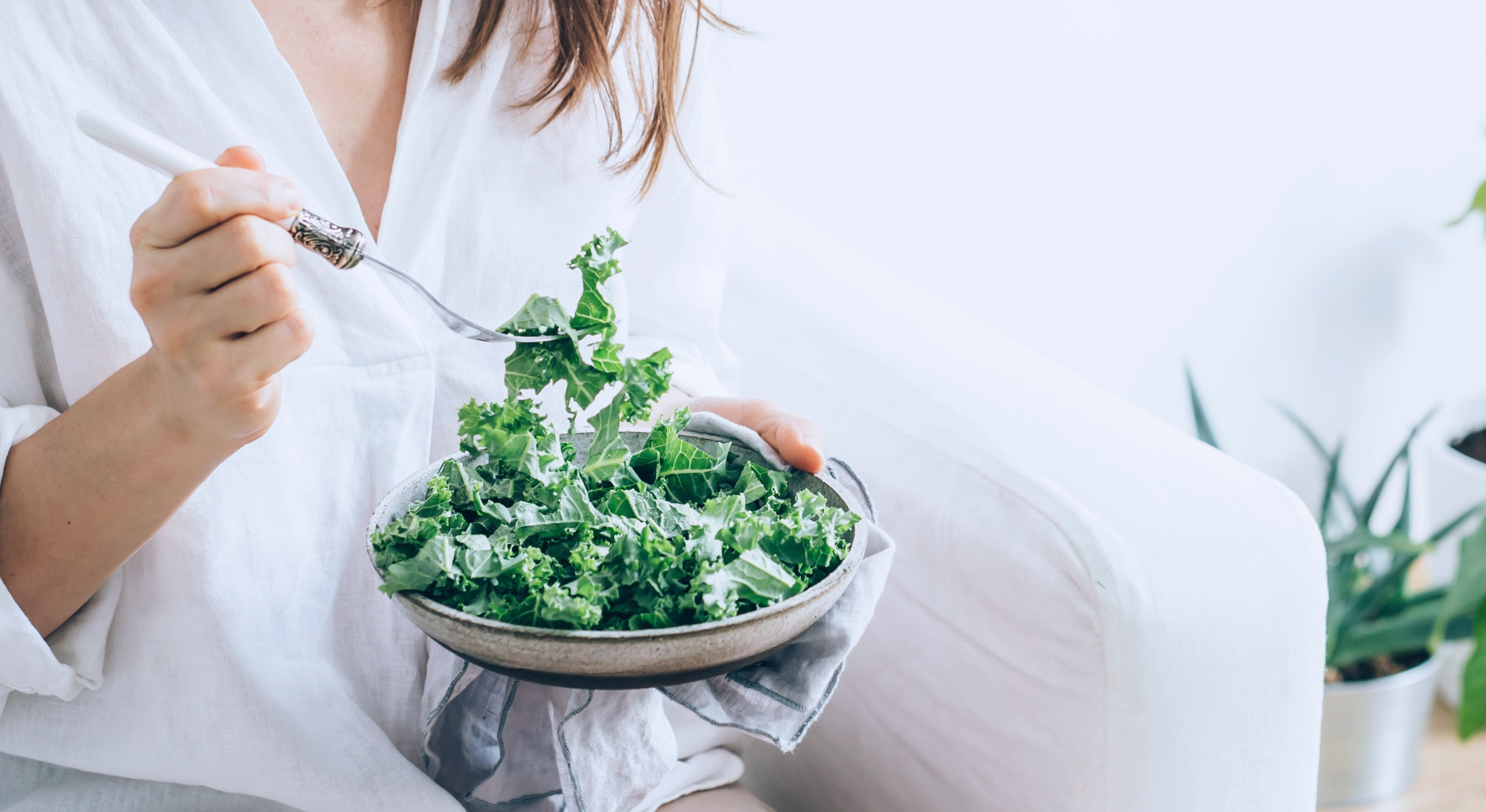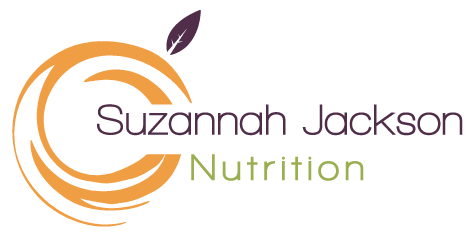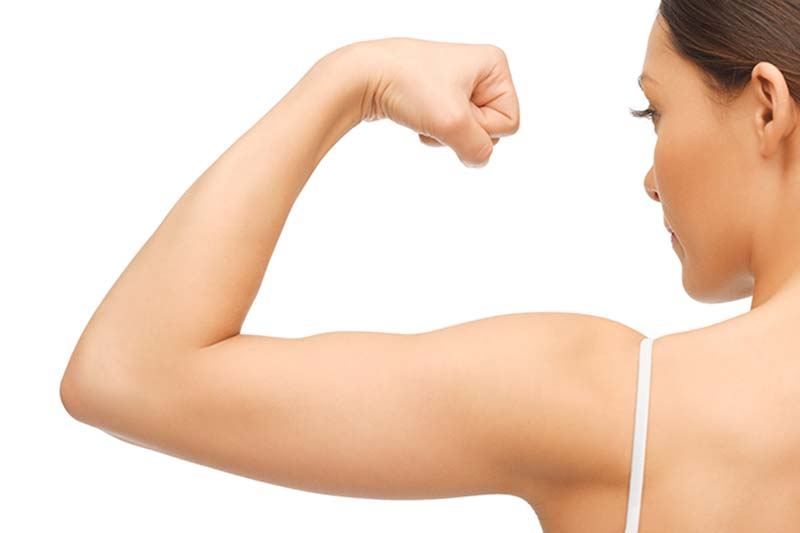How to have happy, healthy bones
Nourishing your body is something you do every day, but do you ever think about nourishing your bones? It is easy to think that once your bones are formed, they are there for good – until they start to break down, giving you joint problems like arthritis or osteoporosis.
Did you know that your bones, like every other part of the body, are continually being rebuilt. Fortunately, many nutrition and lifestyle habits can help you build strong bones and keep them healthy as you age.
Read on for my tips for healthy bones
Bone is a living tissue that is constantly changing and renewing itself. There are two different types of cells in your body that carry out this process: osteoclasts and osteoblasts.
Osteoclasts break down old bone, creating cavities.
Osteoblasts build new bone, filling the cavities.
During childhood and adolescence, there is an emphasis on building new bones, increasing their density and strength. By the time you get to your mid to late twenties, you will have reached your maximum bone strength, which is called peak bone mass.
But, it is important to know that after the age of 40, the ageing process leads to an increase in the breaking down of bone. This means you start to lose bone density and strength, making bones more susceptible to fractures.
Osteoporosis
A fear– or worse still, a diagnosis – of osteoporosis makes many women think seriously about the health of their bones. The ageing process is the silent thief that robs up to 25% of your skeleton by the time you reach 50.
Particularly prevalent in women after menopause due to falling levels of both oestrogen and progesterone, getting older increases the risk of bone fractures. Osteoporosis is also more common in women because they tend to have smaller, less dense bones than men.
However, it’s not just a female phenomenon. Osteoporosis is still common in men, affecting one in five, often secondary to another health problem, thanks to decreased testosterone.
More than just calcium
People often think what’s needed to protect bones is to crack open the calcium supplements but it’s a lot more complex than that. Although calcium is the most prevalent mineral in bone, osteoporosis is much more than a lack of dietary calcium.
Magnesium – used in so many processes in the body – is now considered key in the prevention and reversal of osteoporosis. Even mild magnesium deficiency is thought to be a risk factor in the development of the condition.
While bones use phosphorus as building materials, the ability to absorb calcium into bones depends on vitamin D and is assisted by the trace mineral boron. Vitamin C makes collagen, and zinc helps make new bone cells. Vitamin K2 helps prevent the loss of calcium from bones.
Check out the list below to see if you are putting your bones at risk.
Eating too much refined sugar and/or carbohydrates?
This depletes the minerals necessary for good bone health.
Drinking too much coffee, alcohol and other diuretics?
These cause you to excrete minerals. Cola drinks are especially bad because they are high in phosphorus and promote the excretion of the calcium and magnesium necessary for good bone health.
Eating a very high protein diet?
While everyone needs protein, protein-rich foods are acid-forming. The body must keep the blood pH as close to neutral as possible. Minerals are needed as buffers, and once stores of sodium are used up, calcium is taken from the bones to neutralise the acid. Therefore, the more protein you eat, the more calcium you need.
Not eating enough fruit and veg?
A diet high in fruit and vegetables has been found to reduce bone turnover and increase bone density*.
Food for strong bones

Calcium
Calcium-rich sources of food are dark leafy greens (kale, rocket, watercress), almonds, cheese, yoghurt, broccoli, chia seeds, sesame and tahini, sardines and canned salmon (because of their edible bones), whey protein, edamame beans and tofu.
Vitamin D
You’ll find vitamin D in oily fish like salmon, trout, mackerel, sardines and fresh tuna, egg yolks, liver and cheese.
But it is hard to get a therapeutic dose from food, and it’s worth getting your vitamin D tested so you can supplement adequately.
Vitamin K2
The two most common forms of vitamin K2 are MK-4 and MK-7. MK-4 exists in small amounts in liver, eggs and meat. Fermented foods like cheese, sauerkraut and a soybean product called natto contain MK-7.
Vitamin C & Collagen
The best food source of collagen is bone broth. Vitamin C also helps to support the production of collagen, and you’ll find vitamin C in all kinds of fruit and veg, including broccoli, cauliflower, kale, red pepper, kiwi, strawberries and citrus fruit like oranges.
Magnesium, Zinc & Phosphorus
Foods rich in magnesium are dark chocolate, avocados, almonds, legumes, tofu, seeds, wholegrains and leafy greens. Good sources of zinc include beef, prawns, spinach, flaxseeds, oysters and pumpkin seeds. Foods rich in phosphorus include pork, cod, salmon and tuna.
Exercise to strengthen your bones
We know that people who lead a more physically active life tend to have a higher bone mineral density – and, consequently, stronger bones – than those who are more sedentary. If you know you don’t move enough, now is a great time to start. The best exercise for building stronger bones is weight-bearing exercise. That means the kind of exercise where you are supporting the weight of your body, like dancing, walking, lifting weights or using resistance bands, rope skipping, climbing stairs, playing tennis, kettlebells, hiking and even gardening.
Exercise also strengthens muscles, improving balance and thereby reducing the risk of falls.
According to the Royal Osteoporosis Society, you should be doing 50 minutes of moderate weight-bearing exercise on most days.
To ensure you feel motivated to exercise regularly, choose an activity you actually enjoy. Start slowly and build up gradually, and if you have any concerns about starting to exercise, please speak to your GP. Remember, exercise is not just good for bones and muscles, it benefits your general health, too.
* Prynne CJ, Mishra GD, O’Connell MA, Muniz G, Laskey MA, Yan L, Prentice A, Ginty F (2006) Fruit and vegetable intakes and bone mineral status: a cross-sectional study in 5 age and sex cohorts. American Journal of Clinical Nutrition 83: 1420-1428.

